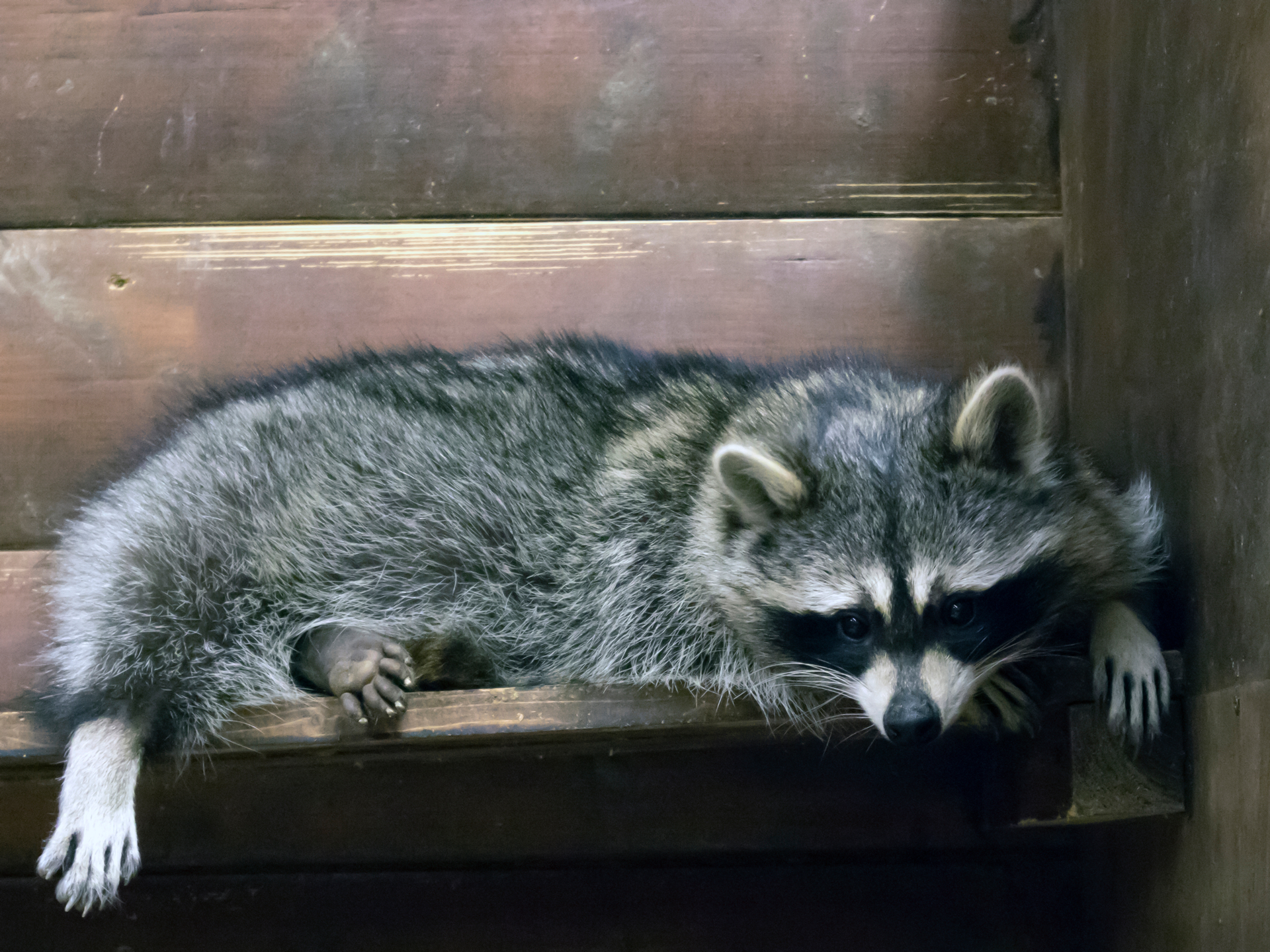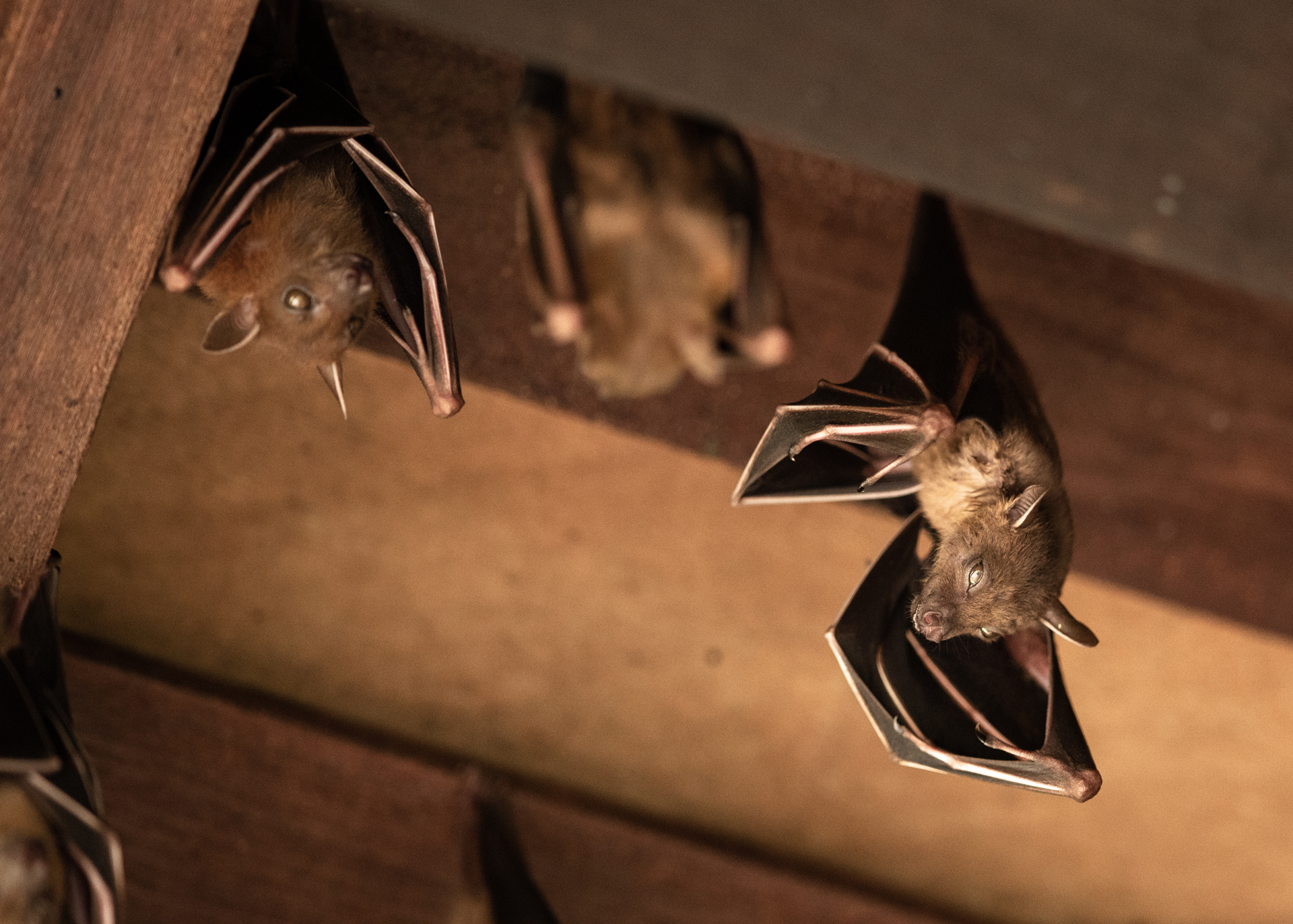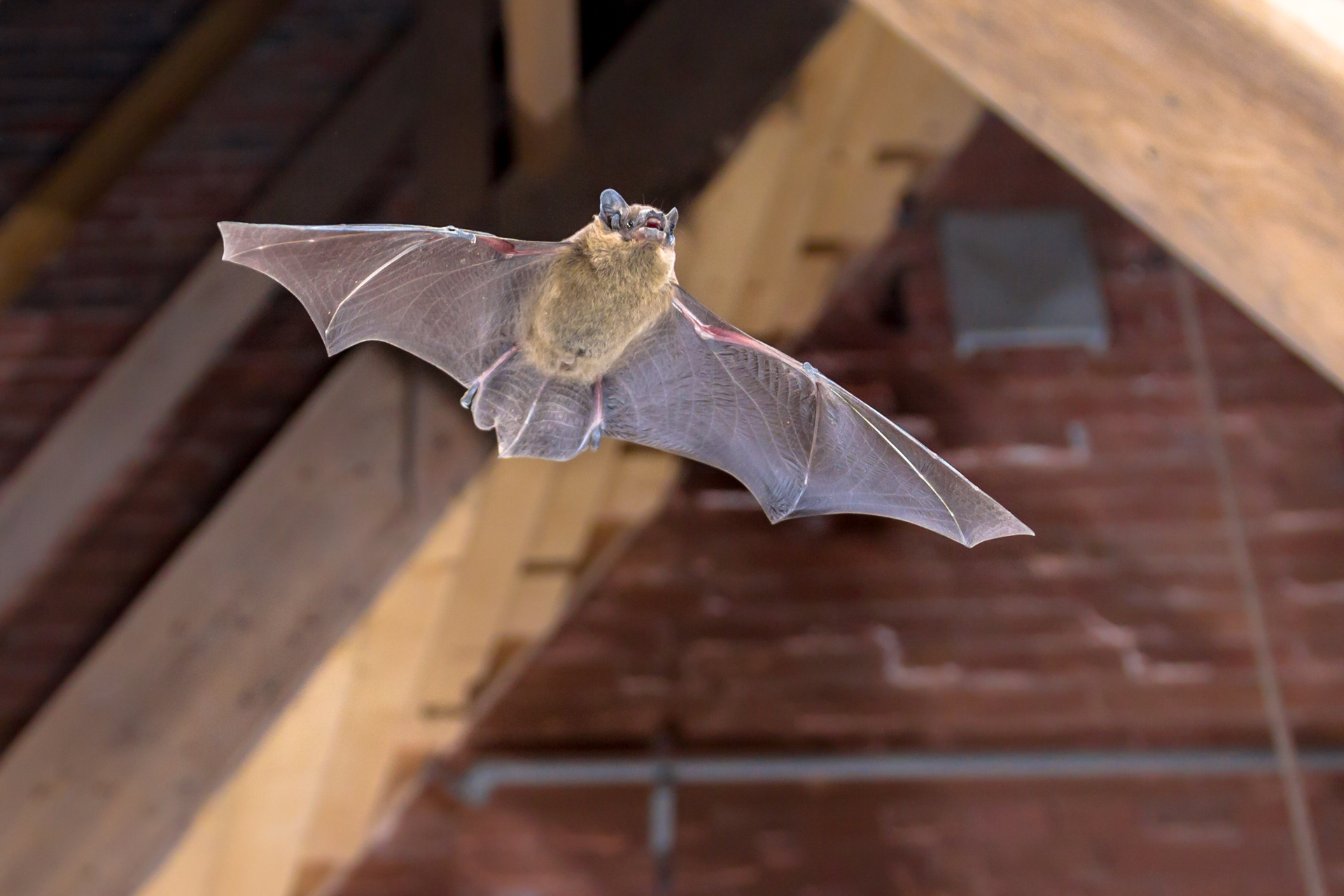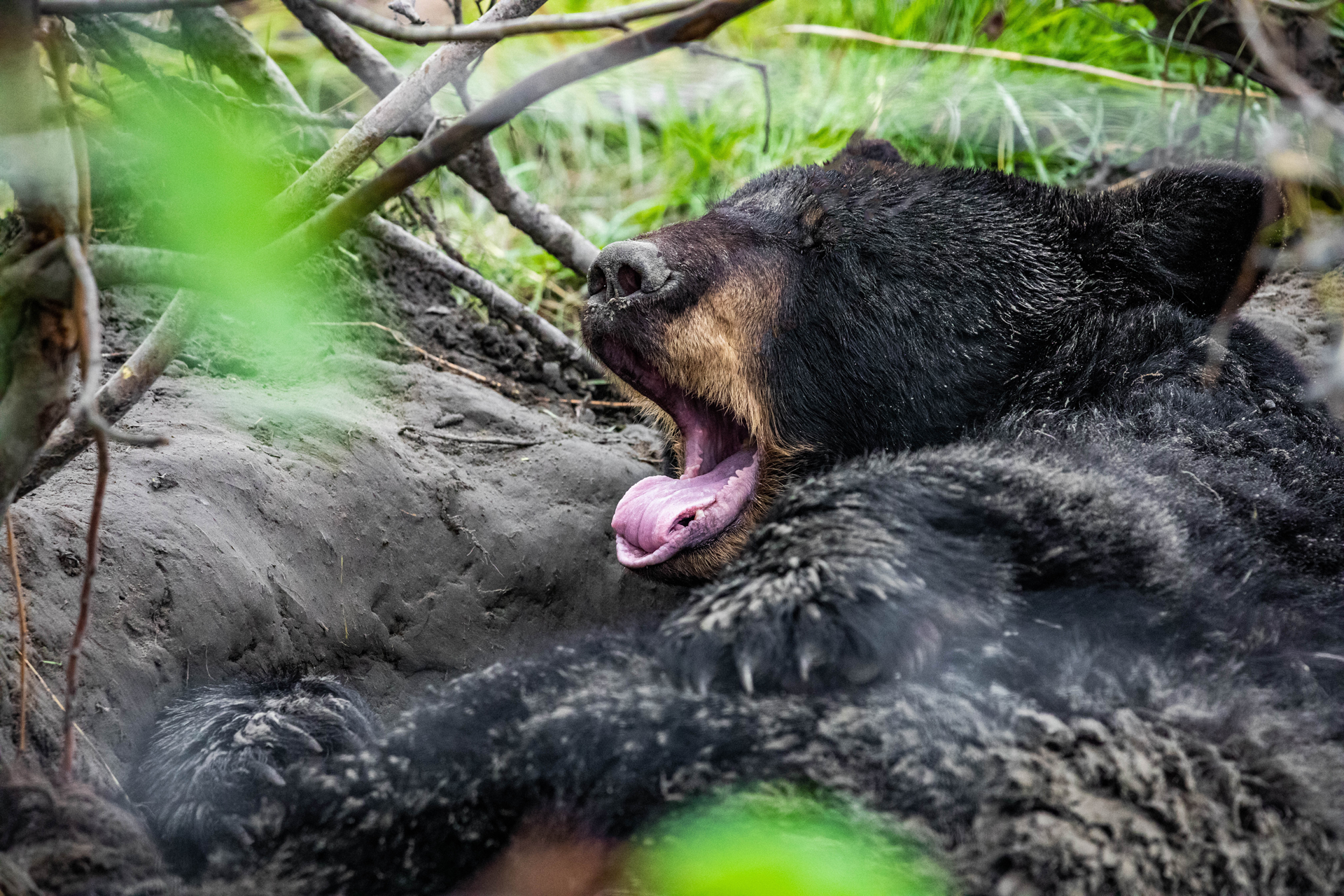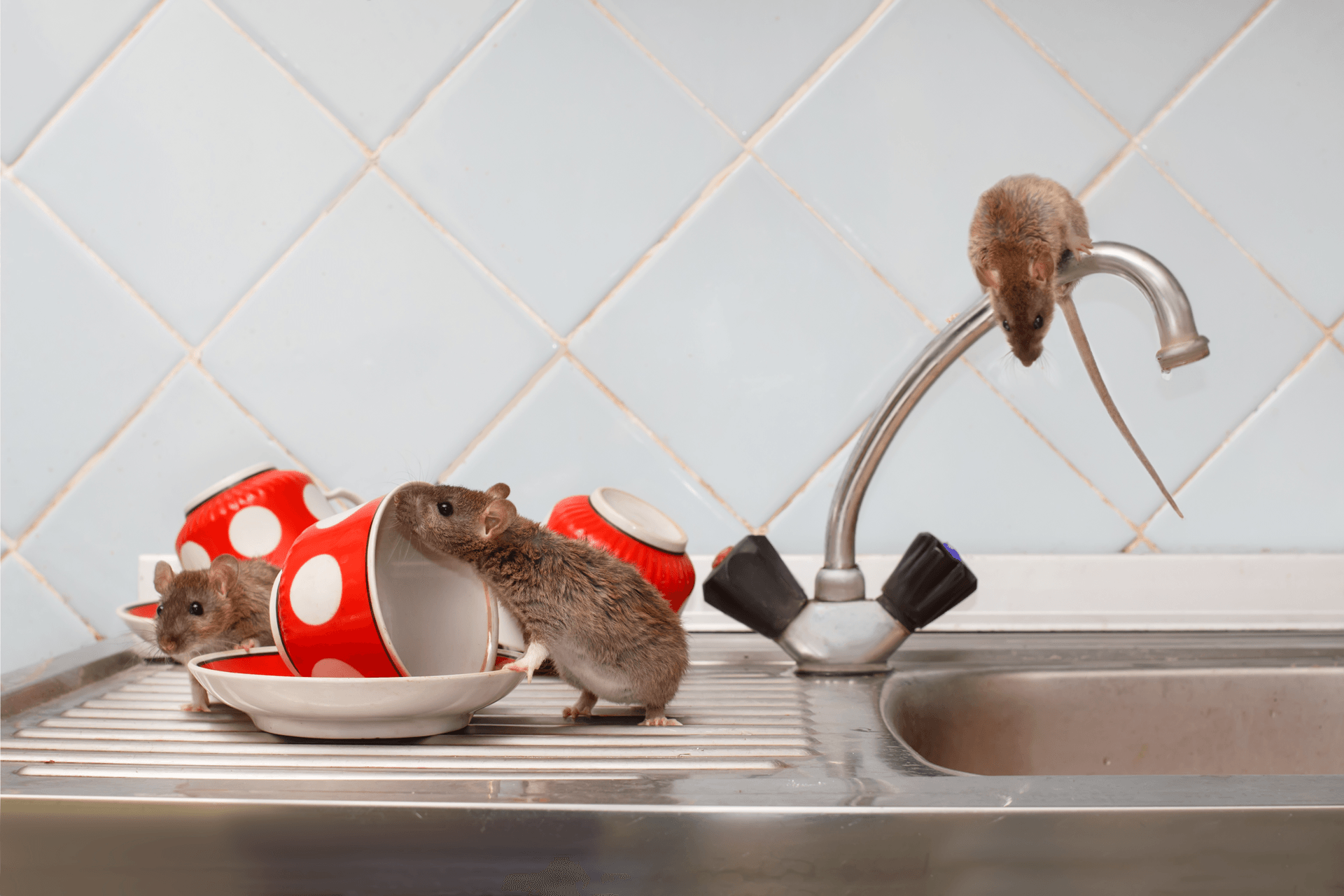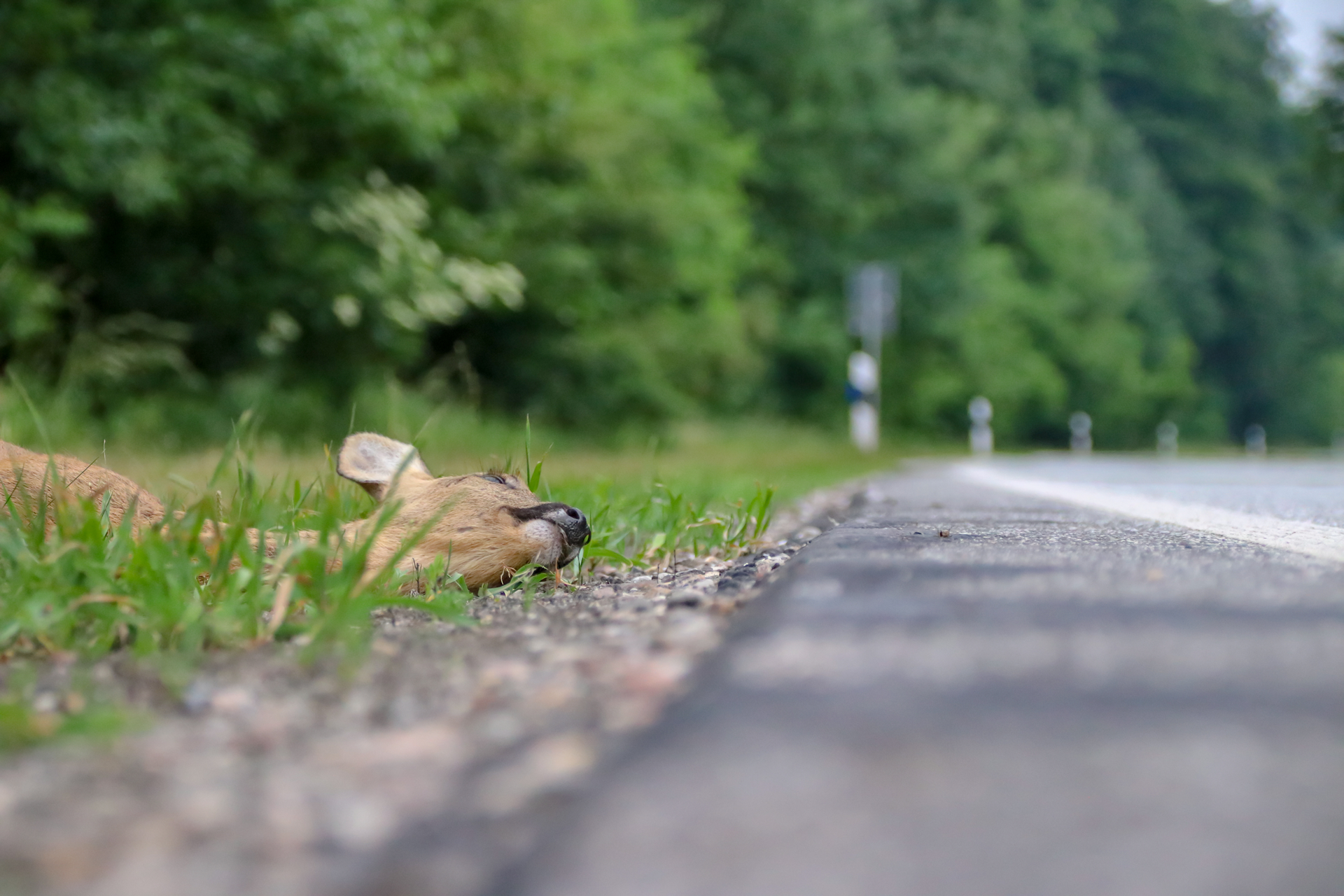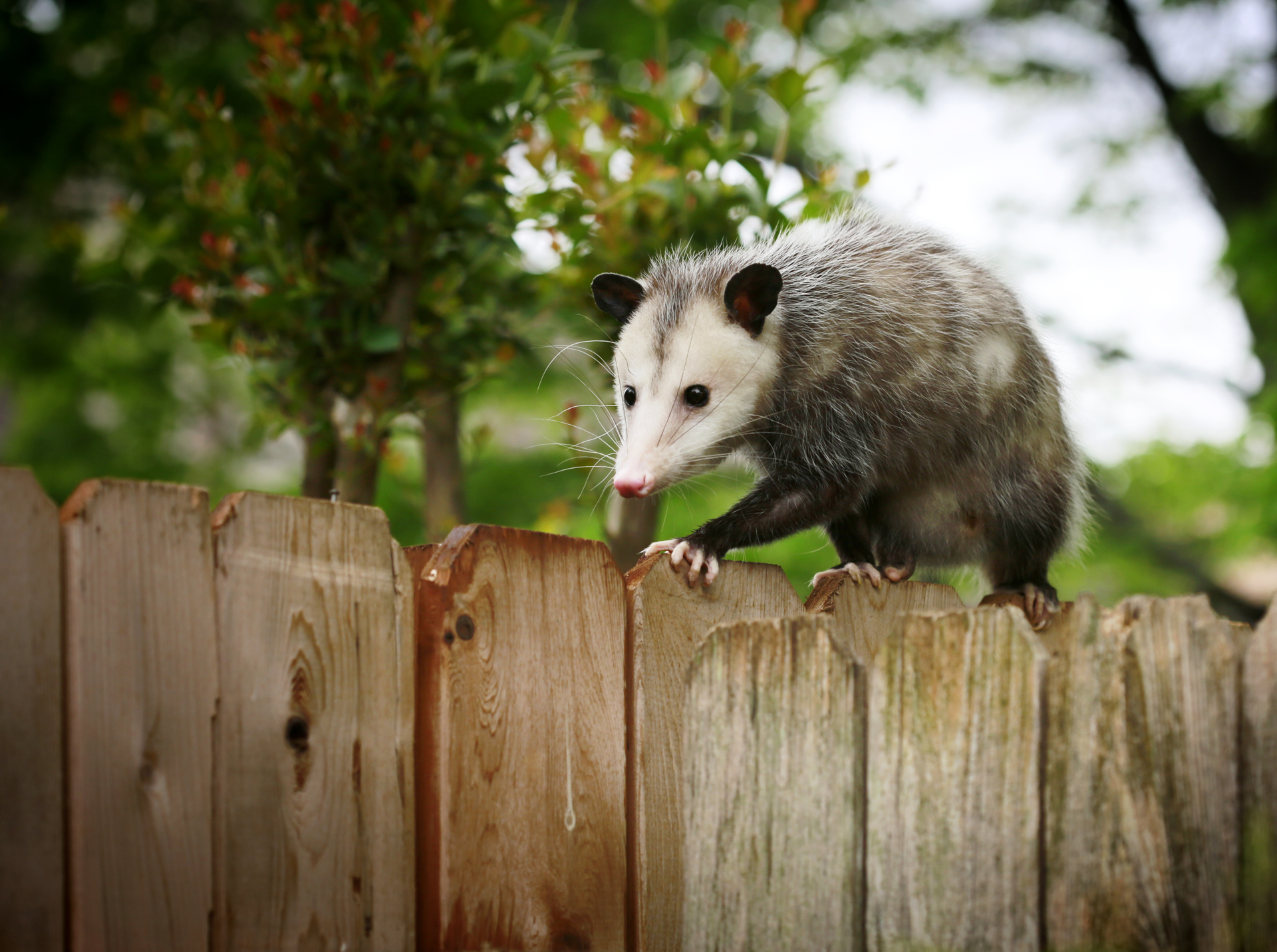Can You Relocate Gophers?
It's Not Only Impractical To Relocate Gophers It's Inhumane
When removing animals that carry disease and endanger humans, it is important to consider the available options. Pocket gophers are an unprotected species that are incompatible with the health of humans and other animals. They also prevent the proper use of the property by humans. When dealing with pocket gophers, first consider the specific animal being removed. They are not protected by law as many similar animals are. Prairie dogs, for example, present completely different removal options and legal restrictions.
Pocket gophers and prairie dogs are similar but are very different animals. Prairie dogs are squirrel family members. Gophers are part of a separate animal family and solitary animals that do not like interfering with others' space. They live underground and constantly burrow and move soil. Prairie dogs are social animals and live in groups, spending most of their time above-ground.
Poisoning as a method of control can be hazardous to humans and other animals in the area. Killing a non-targeted animal with these specific poisons is illegal in some areas. The use of smoke or repellents is generally ineffective, especially in developed regions. Using these methods does not allow for an accurate determination of whether all the gophers have been removed. Additionally, poisoning and repelling are not humane.
A one-time live capture and release of pocket gophers is not a practical option for removing them from habitats shared with humans. They are very resilient and spend their time underground in the burrows they dig. Attempts at one-time live trapping involve extensive excavation of burrow habitats and disrupting the area's availability for human activity. In some areas, sixty solitary animals can thrive and dig an inordinate number of burrows. Even if such extensive and expensive measures are taken, the level of disruption of the animal's habitat may not be enough. There would not be a specific way to know if the total removal from the subject area had been accomplished. At Natural State Wildlife Solutions, we have found that a program of monthly control works best. If one breeding pair is missed in the trapping, the population can be replenished within two years.
Even if the live-trapping were feasible, there is no humane method for releasing them into the wild. These creatures are born in burrows and spend their entire lives there. If released into a habitat with no burrow they can use, they suffer and die. They are not social animals and would not share their burrow with newly transplanted animals into their habitat. It is also essential to consider the humane treatment of gophers and the unnecessary trauma caused by live-trapping and animal transfer to an unknown environment. It would be cruel to individual animals to be displaced by a mechanical trap and then die a stressful death. Further, trans-located mammals that carry diseases have been shown to cause rapid and uncontrolled disease dissemination, including rabies.
In the wild, an ecosystem can support just so many animals. The habitat where previously trapped gophers would be released could end up being taxed beyond sustainability. These conditions present two unpleasant options. Food scarcity becomes prevalent, and the gophers and other animals slowly starve and die a long, agonizing death. The second scenario is that animals who prey on gophers like foxes, weasels, snakes, coyotes, and more flourish and upset the delicate balance of the food chain. After a time, the area becomes unable to sustain the remaining wildlife.
Another thing to consider is that gophers are aware of their surroundings. They know where to go when they are hungry, look for a mate, and escape when threatened. Without this "cognitive geography," relocated animals have a hard time finding food and sufficient places to live. In a limited study of relocated grey squirrels, 97% of them had disappeared from the relocation area within eighty-eight days.
In the case of gophers, the disappearance may mean the animal has found its way back home. In a study in Southwest Arkansas, Baird's pocket gophers were captured, fitted with tracking devices, and released within a 5-acre plot of land. The average time to recapture was eight days.


